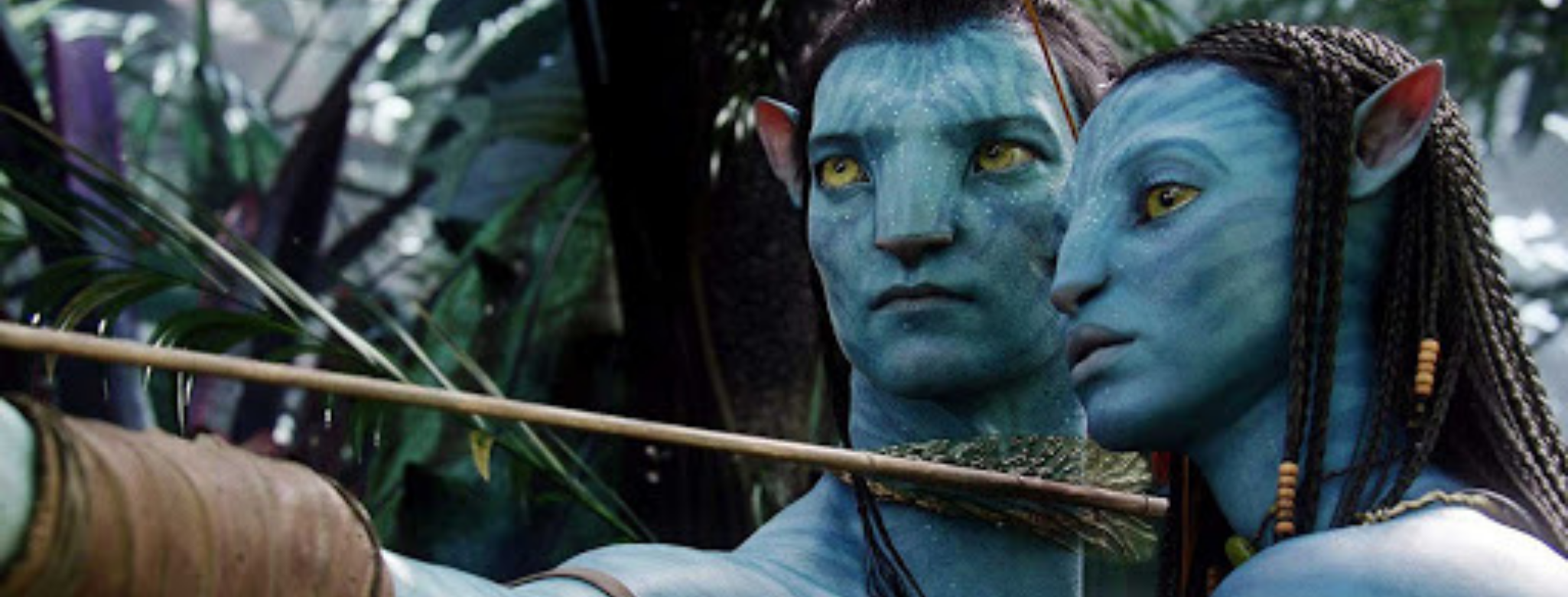From ancient etymology to CGI movies, this is a short history of avatars – and the exciting places they will take us in the future
Imagine this: You aren’t limited by your body. You can travel through time, cultures, and distances instantly. You have many selves, who can be in multiple places at once. You can teach those selves to do things that even you can’t do – things that could aid humanity.
It sounds like the plot of a (great) sci-fi movie. But it’s not as remote an idea as we might think. We have been using avatars to experiment with alternate versions of ourselves for some time, crossing vast borders via the Internet. Yet the potential to develop the avatar into something more dynamic, advanced, and altruistic is manifold. And in the not so distant future, we’ll discover avatar technology integrated into many different parts of our lives. To understand where we’re going we need to understand how we got to where we are today. So, what is an avatar, really?
WHERE THE TERM "AVATAR" COMES FROM

Ten incarnations of Vishnu
“Avatar” comes from the Sanskrit word avatāra meaning “descent”. Within Hinduism, it means a manifestation of a deity in bodily form on earth, such as a divine teacher. For those of us who don’t practice Hinduism, it technically means “an incarnation, embodiment, or manifestation of a person or idea”. But in the West, because we mostly encounter avatars in the digital space, we generally define them as the little cartoon person you choose to represent yourself in video games, on social media, or in web forums.
AVATARS IN SOCIAL MEDIA

In the early days of the Internet, we represented ourselves with usernames, but in 1996, inspired by video games, AOL launched instant messenger and introduced “Buddies”, figures who could represent us on the chat screen. Yahoo! called their version “Yahoo! Avatars” when they launched messenger version 6.0 in 2004. Once Myspace and Facebook came along, the pendulum swung, and we started to use photos of ourselves as our profile pictures instead of avatars. A more personal touch.
AVATARS IN GAMING

The first use of the word avatar in a computer game was the 1979 role-playing game Avatar for PLATO. In 1985, the game Ultima IV: Quest of the Avatar asked users to think of the player as themselves as they underwent their quest, marking the first time “avatar” was used to mean an on-screen representation of the user. Richard Garriott de Cayeux, the game’s creator – founding father of the videogame industry and the commercial spaceflight industry, as well as a judge of XPRIZE’s Code Games: A Global Game-Making Challenge – had decided that the stakes were higher if the user actually saw themselves in the game. Since then, video gaming avatars have become a lot more sophisticated, and while many avatars on social media are still 2D, they tend to come to 3D life in video games. Second Life (created by ANA Avatar XPRIZE Advisor Philip Rosedale), The Sims, and World of Warcraft all ask us to design avatars.
AVATARS IN POP CULTURE

When many of us think of “Avatar” we see a strange, blue, feline creature sprinting across a CGI landscape. That’s because James Cameron’s epic and big-budget movie Avatar made a huge cultural impact. Sentient extraterrestrial humanoids who inhabit the universe Pandora, the “na’vi” people are engineered bodies operated by the brains of remotely located humans. Hence the title “Avatar”. When it was released in 2009, the film made $2.7 billion at the US box office and redefined our expectations of CGI. There are four more Avatar movies on the way, with Avatar 2 set for release in 2022. As for the small screen, Avatar: The Last Airbender was a cult animated series that ran from 2005 to 2008. The Avatar is a mediator between humans and spirits. In 2010, M. Night Shyamalan directed a live-action film adaptation.
EVEN AIs HAVE AVATARS!

In 2005, IKEA debuted Anna, a personified AI system that could help out with your shopping needs. She became one of the most famous examples of an AI avatar to date and you might still remember her red hair, headpiece, and yellow IKEA shirt. Although we might not think of them as avatars, we encounter similar versions of Anna all of the time – when we use customer service chatbots or automated online assistants. As technology has advanced, these systems do not always have a face, existing in our lives as ubiquitous voices like Siri and Alexa.
THE FUTURE OF AVATARS

We still tend to use our photos as social media “profile pictures” and communicate on Zoom or FaceTime with our actual faces. Apple has rebranded their avatars as Memojis (still technically avatars), meaning Gen Z may grow up with a new term to talk about their avatars. Yet avatars hold more importance and promise than ever. Sending a winking cartoon of yourself to your mom in real-time is just the beginning. We are increasingly using digital avatars in everything from games to social media and beyond. Today even sensor-captured data – for example of a person’s facial expressions and body language – can be fed into our digital avatars to give them more life. But our digital avatars can only do so much. Imagine if your avatar could actually allow you to physically feel, touch, and even smell the world at a distance?
Global innovators are already using a combination of robotics, VR, and AR to allow avatars to convey such sensory information back to their users. These technologies bring a compelling physicality to avatars that will play a prominent role in our future.
At XPRIZE, we believe that we can use avatars to bridge gaps between people in ways that could improve human connections, transport critical skills, and create opportunities for exploration. In 2022, the ANA Avatar XPRIZE will select the winning teams that have harnessed new technologies to design a groundbreaking physical robotic avatar, one that can transport your actions and presence to a distant location in real-time. Can we create an avatar that can deliver life-saving care or disaster relief? An avatar that we could reliably send into space? We can’t wait to know the answers to these questions.
In the same way that smartphones have changed our lives, avatars will rewrite the way that we exist and connect. When we think about what those avatars might look like, how they might act, what change they could bring about, the options are – virtually – endless.
The $10M ANA Avatar XPRIZE aims to create an Avatar System that can transport human presence to a remote location in real-time. Find out more at avatar.xprize.org.